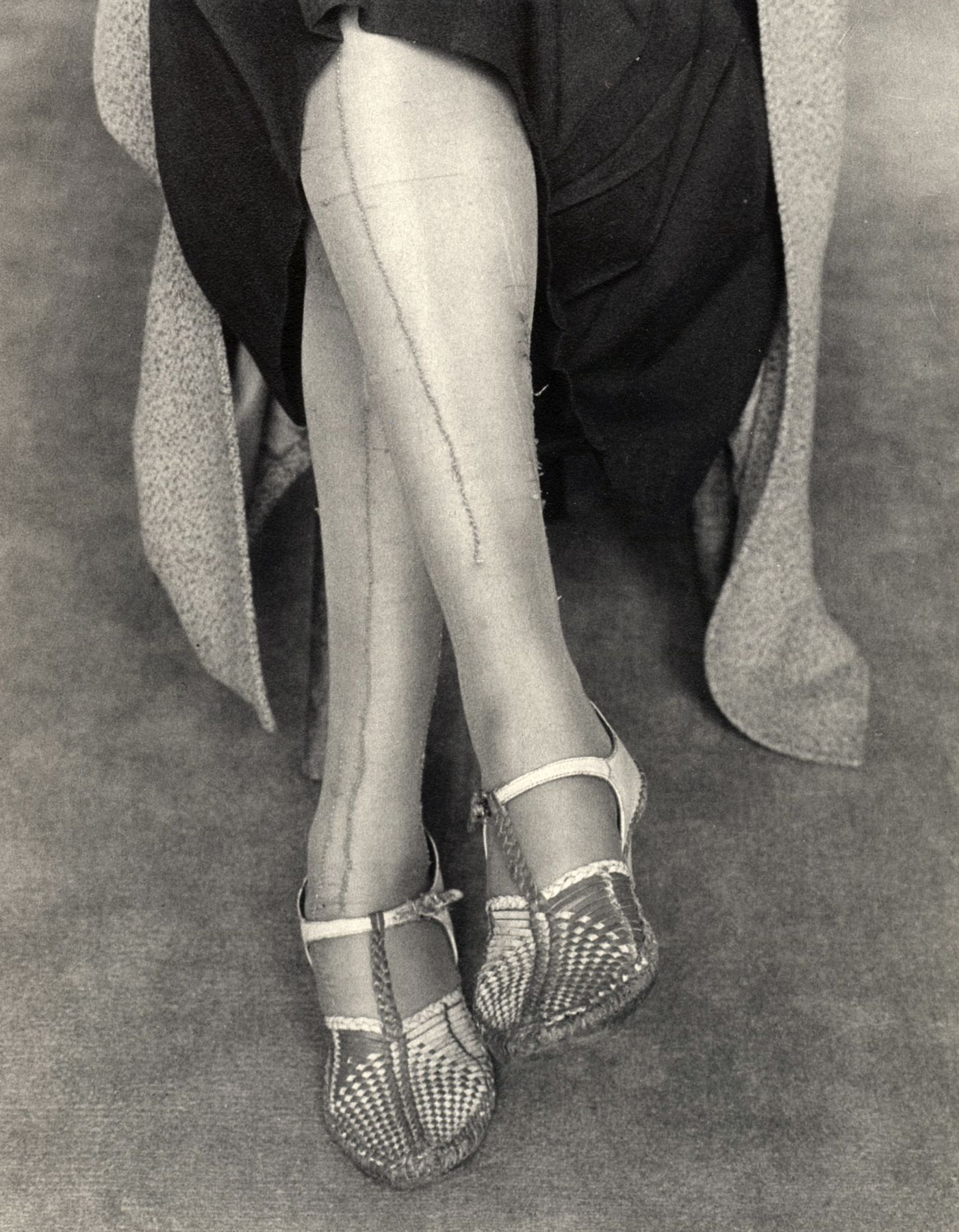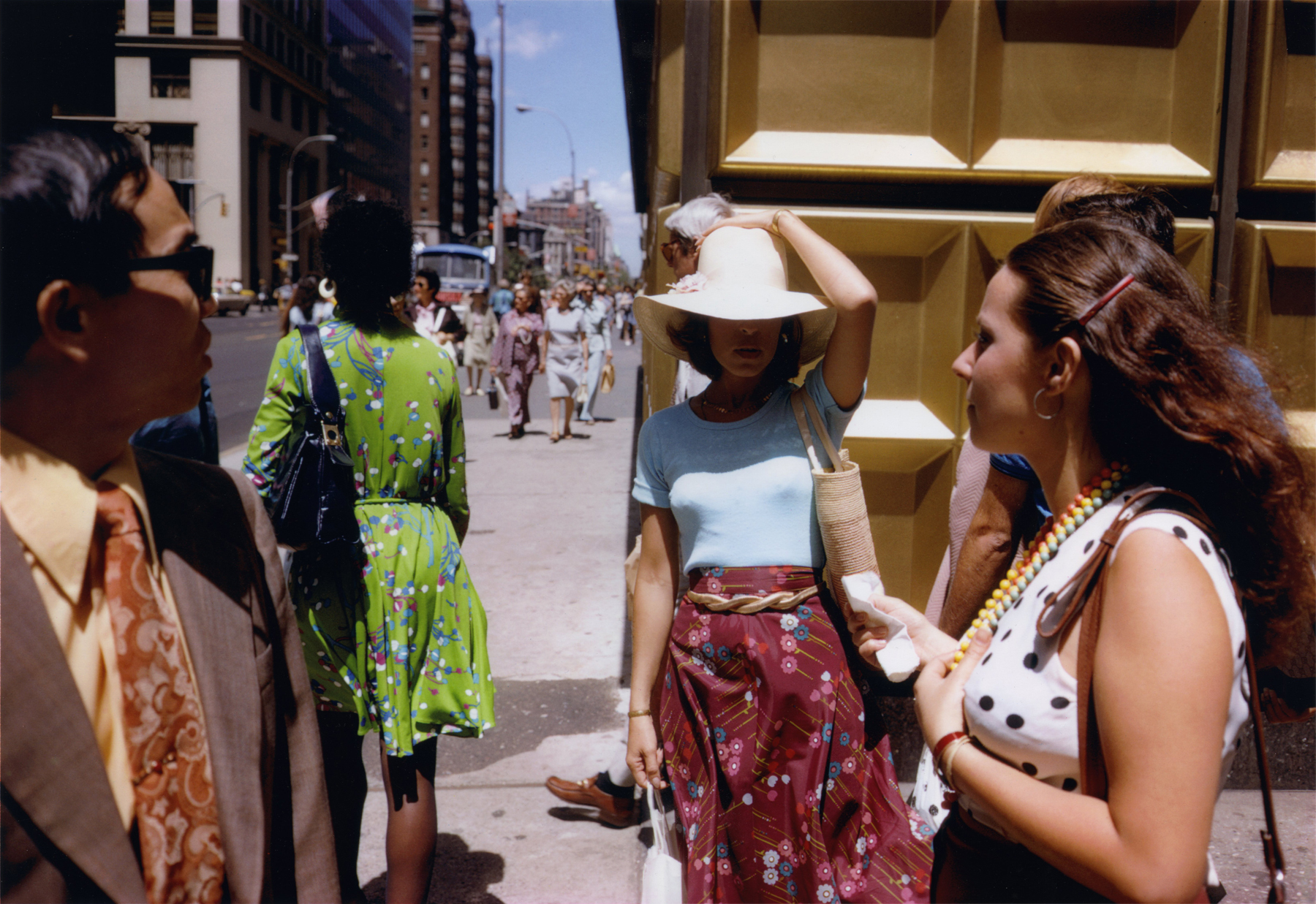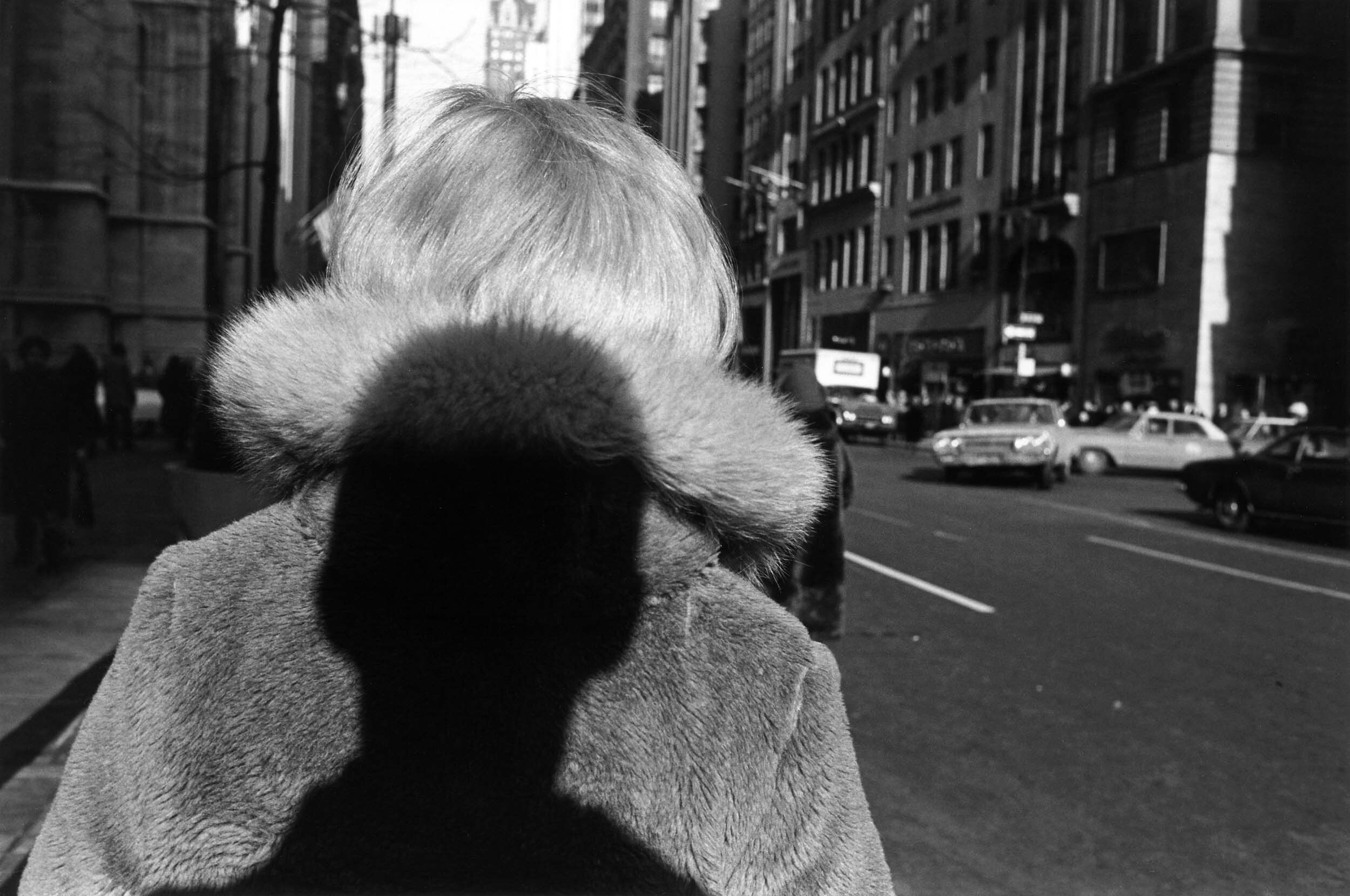The American Document: New Visions in Documentary Photography 1931-1976
21.03 – 14.04.2018
Includes:EvansLangeWinograndArbusFriedlanderFrankMeyerowitz–
Closed
Hours
Monday to Saturday, 10:00am – 5:30pm
Gallery
3–5 Swallow St
W1B 4DE
London
A new exhibition at Huxley-Parlour Gallery presents over forty significant works of 20th century American documentary photography including photographs by Walker Evans, Dorothea Lange, Robert Frank, Garry Winogrand and Diane Arbus. The works in the show chart the shift from socially engaged photography to a new definition of the document.
Includes: Walker Evans, Dorothea Lange, Garry Winogrand, Diane Arbus, Lee Friedlander, Robert Frank, Joel Meyerowitz
The tradition of American documentary photography in the 20th century is marked by two significant moments. The first was the socially and politically motivated “New Deal” photography of the 1930s and 1940s, and the second developed in the 1960s and 1970s when a group of photographers shifted away from the social documentary tradition. The exhibition will use both familiar, and lesser-known photographs, to explore these markedly different approaches to the genre and to the medium of photography, as well as the shift in use of the photograph as evidence.
The exhibition includes images created under the auspices of the Farm Security Administration (FSA), commissioned by the legendary Roy Stryker in the 1930s during the Great Depression. Photographers Dorothea Lange, Arthur Rothstein and Walker Evans amongst others, employed a graphic Modernist aesthetic, inherited from painting, to frame evidence of social and economic plight throughout the US. The work of the photographers of the FSA was used to manipulate public opinion in support of New Deal relief programmes with the aim of combatting rural poverty.
In the 1960s a new kind of documentary photography emerged, representing a radical break from tradition. Photographers including Lee Friedlander, Garry Winogrand and Diane Arbus, produced a new kind of documentary photography that focused on their own personal experiences within the urban environment. Their aim was to document quotidian, commonplace life with a new kind of vision, unique to the camera.
Collectively, the photographs in The American Document illustrate the shift not only in subject matter, from rural to urban, but stylistically within the US in this period. The closely cropped, structured aesthetic of the early work on show moves towards the more informal approach of “straight photography” to represent a seismic shift in the history of the documentary genre.
Highlights
6

Migrant Mother, Nipomo, California, 1936 by Dorothea Lange

Mended Stockings, San Francisco, 1934 by Dorothea Lange

Gold Corner, New York City, 1974 by Joel Meyerowitz

New York City, 1963 by Lee Friedlander

New York City, 1966 by Lee Friedlander

Migratory Cotton Picker, Eloy, Arizona, 1934 by Dorothea Lange